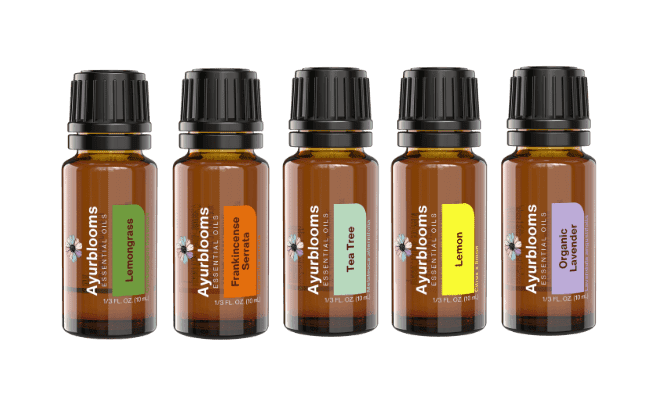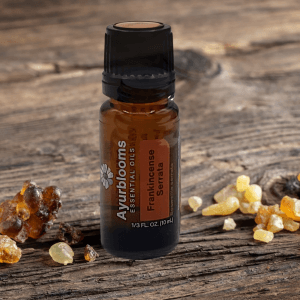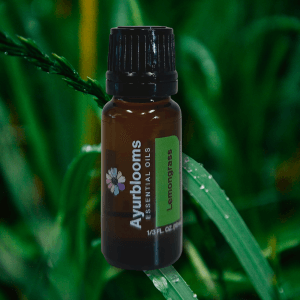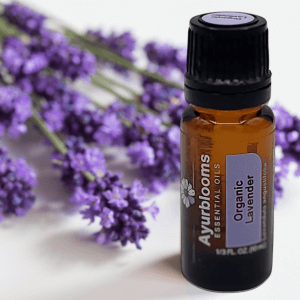
Calming and Training Pets with Essential Oils: A Natural Approach
In recent years, essential oils have gained popularity not just for human wellness but also for their potential benefits in pet behavior and training. For pet owners looking for natural ways to calm their furry friends or assist with training, essential oils may offer a gentle, supportive option. In this article, we’ll explore the impact of essential oils on pet behavior and how these natural compounds can aid in training, promoting a balanced environment for your pets.
Understanding Essential Oils and Pets
Essential oils are concentrated plant extracts derived from various parts of plants, such as leaves, stems, flowers, and roots. Their potential benefits range from calming and uplifting to focusing and energizing, depending on the oil. However, it’s crucial to remember that not all essential oils are safe for pets. Some oils, especially those with potent compounds, may irritate animals or be harmful if misused. Safe usage of essential oils for pets involves choosing pet-friendly oils, using diluted solutions, and consulting with a veterinarian.
Essential Oils and Pet Behavior: The Science Behind It
Pets, especially dogs and cats, have an acute sense of smell, which makes them particularly sensitive to scents. Essential oils can influence their behavior by targeting the brain’s limbic system, responsible for emotions and behavior. This is why certain essential oils can be effective in calming anxious pets or helping them focus during training sessions.
Key Essential Oils for Calming and Focus in Pets
-
Lavender: Known for its calming properties, lavender is gentle and safe for most pets. It can help reduce anxiety, especially in situations like car rides, thunderstorms, or separation anxiety. Lavender oil has been shown to soothe the nervous system, allowing pets to feel more relaxed and less stressed.
-
Frankincense: This oil is valued for its grounding properties, which can assist in helping pets feel centered. It may also improve focus, making it a useful oil to diffuse during training sessions. Frankincense is particularly beneficial for dogs that have trouble with attention or become easily distracted.
-
Cedarwood: Cedarwood’s warm, woody scent has a natural calming effect that can reduce nervous energy in pets. It’s often used to help pets with hyperactivity, promoting a relaxed environment ideal for learning new behaviors.
-
Chamomile: Just as it calms humans, chamomile can help alleviate anxiety in pets. It’s especially beneficial for pets that exhibit stress-related behaviors, such as scratching or excessive barking. Chamomile can create a tranquil atmosphere, making it easier for pets to listen and focus.
How to Use Essential Oils for Pet Training
While essential oils can support pet training, it’s essential to approach their use carefully:
-
Diffusing Essential Oils: One of the safest ways to introduce essential oils to pets is through diffusing. Use a pet-friendly diffuser and keep it in a well-ventilated room. Start with just a few drops to ensure your pet doesn’t react negatively.
-
Dilution: If you’re applying oils topically, always dilute the oil with a pet-safe carrier, like coconut oil. Essential oils are highly concentrated, so a few drops go a long way. Never apply essential oils directly on sensitive areas, such as the nose, ears, or eyes.
-
Training Treats: Some trainers recommend using a very lightly scented oil (like lavender) near training treats or toys. However, it’s essential to avoid placing the oil directly on the treat, as ingestion of certain oils can be harmful.
Behavioral Benefits of Essential Oils
1. Reducing Anxiety
For pets that experience anxiety, such as rescue animals adjusting to a new home, lavender and chamomile oils can be invaluable. Diffusing these oils in their living space can help create a soothing atmosphere, encouraging them to feel safe and calm.
2. Improving Focus During Training
Oils like frankincense and cedarwood can help pets concentrate better during training sessions. Diffusing these oils or using a diluted spray in the training area can set a focused, calm environment, making it easier for pets to listen to commands and learn new behaviors.
3. Addressing Behavioral Issues
Essential oils can also support behavioral corrections in pets. For instance, if a pet is prone to hyperactivity, diffusing cedarwood may reduce excessive energy levels, helping them to settle down and behave more calmly indoors. This can be particularly helpful for young or excitable pets that need to learn boundaries.
Important Safety Tips When Using Essential Oils with Pets
-
Always Choose Pet-Safe Oils: Some essential oils, like tea tree or citrus oils, are toxic to pets and should never be used. Stick to oils known to be safe and effective for pets, such as lavender, frankincense, and chamomile.
-
Avoid Direct Ingestion: Essential oils should not be ingested by pets. Avoid adding oils to food or water, and never place oils directly on areas they may lick.
-
Monitor Your Pet’s Reaction: Just as with humans, pets can have sensitivities. Observe your pet’s behavior when introducing a new essential oil. If they seem uncomfortable, agitated, or experience any unusual symptoms, discontinue use immediately.
-
Consult a Veterinarian: Always consult with a vet familiar with essential oils and pet care before introducing oils into your pet’s routine, especially if they have any health issues.
Final Thoughts: The Power of Nature in Pet Care
Incorporating essential oils into pet care, especially for behavior and training, offers a natural way to create a calm, positive environment for your pets. While essential oils can aid in promoting calmness, reducing anxiety, and improving focus, remember that they are just one part of a comprehensive approach to pet behavior and training. Combining essential oils with positive reinforcement techniques, consistency, and patience can bring out the best in your pet, helping them lead a happier and more balanced life.
When used thoughtfully, essential oils can play a valuable role in strengthening the bond with your pet and enhancing the training experience. Whether it’s calming an anxious pup or helping a hyper kitten focus, essential oils provide a natural, gentle way to support your pet’s well-being.











Leave a comment
This site is protected by hCaptcha and the hCaptcha Privacy Policy and Terms of Service apply.